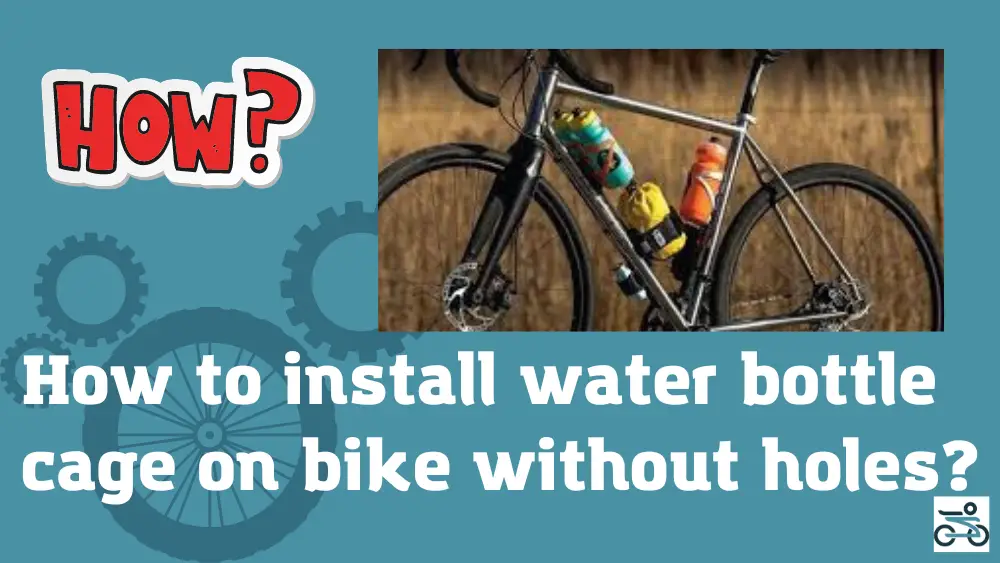
Everyone knows from an anatomy course that the human body is approximately 70% water. With a lack of fluid in the body, a violation of its work at the cellular level occurs. Stay hydrated has a negative effect on the functioning of the joints, and since when cycling the main load falls on the knees and back, it is they who suffer in the first place.
Cartilaginous tissue, which is located at the ends of the bones, protects them from direct contact with each other. It contains a large amount of water and ensures the sliding of cartilage on the surface of each other. A decrease in the amount of intra-articular fluid during dehydration of the body makes the cartilage less slippery and causes pain.
Dizziness, nausea, vomiting, a feeling of weakness, rapid breathing and palpitations – this is not a complete list of symptoms inherent in heat stroke. In severe cases, loss of consciousness and even death can occur. Therefore, during a bike ride in the heat, it is very important to drink plenty of liquid, which is excreted with sweat and serves for proper thermoregulation of the body. Lack of water leads to overheating, the consequences of which can be extremely severe.
Not all modern bikes have water bottle mounting holes. Therefore, we will do it ourselves. Before answering the question of how to install water bottle cage on bike without holes, let’s figure out what fasteners are and what material.
What is a bottle cage?
A bike bottle holder is a holder that you attach to your bike or other vehicle to transport drinking bottles without any hassle. The water bottle sits tightly in the holder and cannot fall out. Most holders can be slightly adjusted to fit the bottles.
What material are water bottle cages made of?

The largest selection of different shapes is among plastic water bottle cages. The plastic used in the manufacture of bottle cages is lightweight, durable for its own purposes, and does not allow the bottle to fly away on bumps. The abundance of colors will allow you to choose a water bottle cage that fits into the design of the bike. The only thing that can be called into question is the use of plastic bottle cages in cross-country racing, where the bottle can simply fall out of it in a big shake.
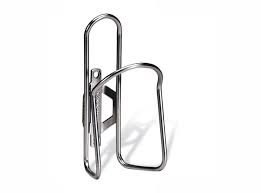
Aluminum water bottle cages don’t come in the same variety of shapes as plastic, but can be bent or slightly bent to fit the shape of a water bottle. The disadvantage of such bottle cages is that with strong shaking, cracks can form on it over time.
Stainless steel for water bottle cage is a fairly reliable and inexpensive material, but with intensive riding over rough terrain, structural failure often occurs in places of spot welding.
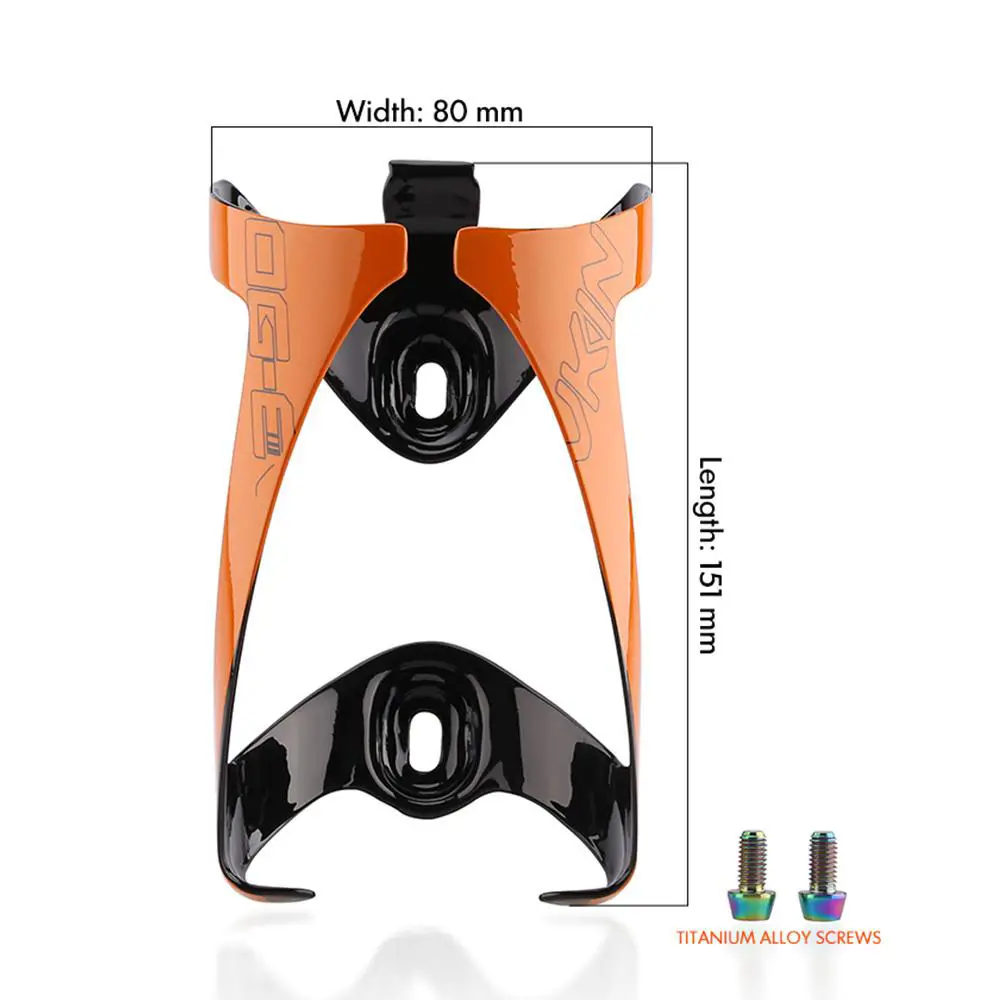
Water bottle cage from titanium alloy. Titanium holders are strong and light, but quite expensive.
Carbon water bottle cage is an option for athletes with high rigidity, low weight, fast design. CFRP is the lightest material used in bicycle bottle cages, but it is very expensive and mostly used in professional sports.

Fabric and leather are usually used for bottle holders that are attached in places that do not have mounting holes. As a rule, they have an individual design and serve as a beautiful and stylish accessory.
The design of the bottle cage and the material from which it is made largely depend on its location, as well as the expected operating conditions. For simple rides over short distances, a regular plastic or aluminum bottle holder of a small size is suitable. Those who are going to participate in races or long hikes should turn their attention to titanium or carbon bottle holder.
What are the ways to attach water bottles to a bike?
- Frame – Standard mount
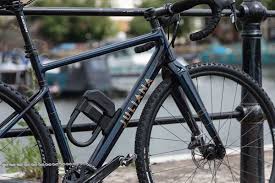
This is the most common and convenient option. Almost any modern bicycle has special threaded holes with a diameter of 5 millimeters, which are located on the bottom or seat tube of the frame and serve to attach a pump or a bottle stand. As a rule, the distance between them is 64 millimeters, they have standard sizes and are suitable for any bottle cage of the corresponding type.
- Top mounts – handlebar mounted bottle cage

It is placed on the steering wheel, which allows you not to reach for a flask on the go. You can install a standard cage holder on it. The only problem is that a bell, a mirror, a smartphone holder, a bike computer, a headlight and a bag can already be installed on the handlebars. In this case, there is simply no place for the bottle cage on the steering wheel.
If the ride is going to be long, then this place, as a rule, has flasks with an additional supply of water. Usually they are placed in a case or bag made of fabric or leather and fastened with straps. It is also possible to install a water bottle made of plastic or metal wire. The top tube is still not very suitable for carrying liquid water bottles, especially non-standard sizes, as during active pedaling they can hit the knees and create inconvenience. In addition, cables are usually laid along it.
- Seat post
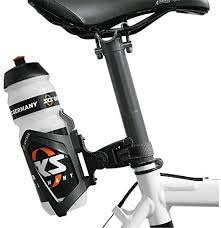
It is also quite common to place bottle holders on it, as this place is easily accessible while riding. The disadvantages of this arrangement are the lack of holes for mounting, as well as the impossibility of visual control. If the flask falls out on the go, then you most likely will not notice it, and as a result it will be lost.
- Saddle – lower mounts
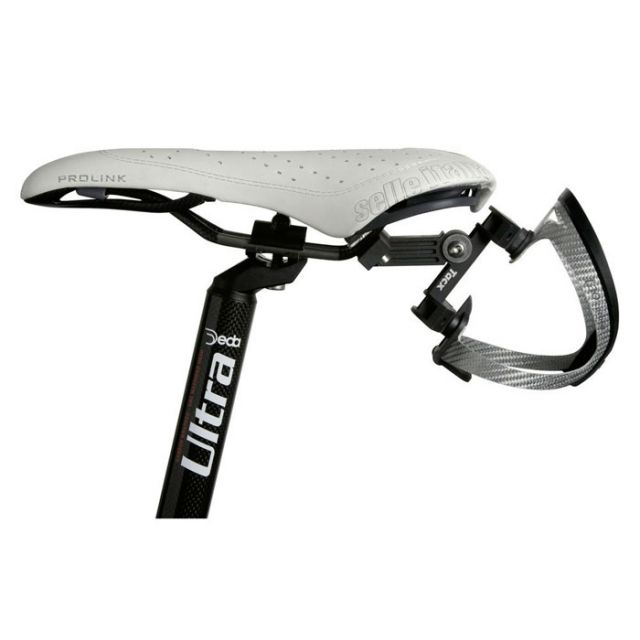
The saddle frame can also be used to mount the water bottle holder. Most often, metal wire holders with special clips or screws are used, which are fast and easy to attach and allow you to transport several flasks at once. The main disadvantage is the same as the previous method – difficult control.
An option for tourists traveling long distances, when the issue of replenishing the water balance is very acute. In such situations, there is not much water. It is also used on triathlon bikes, the frame design of which may not allow standard bindings.
- Trunk

Alternative way to mount bottle cage for one or two water bottles. If your bike is equipped with this device, then you can also place a supply of water on it by installing special holders on it. In this case, you can transport a fairly large number of bottles, placing them horizontally or vertically. Since the trunk is at the back and falls out of sight when driving, this option has the same drawback as the previous two.
- Front fork
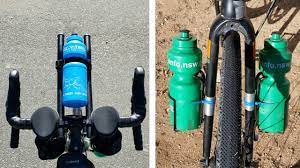
In some cases, the front fork of the bike is used to transport water. The water bottle cage holder is attached directly to the pants, and you can use both sides at once – right and left. This method is good because there are no special restrictions on the size of the vessel with liquid and allows you to mount fairly large bottles. The fork is always in front of your eyes, which is another advantage, since the loss of a flask will not go unnoticed.
- Bicycle helmet

This is a rather curious way of transporting flasks, in which the water bottle holder is located directly on the protective bike helmet. Water weighs quite a bit, and an extra pound or more puts extra strain on the neck, so this option has not been widely adopted.
There are quite a few places where you can attach a bike bottle cage, and everyone can choose the design to their liking, guided by criteria such as ease of access, convenience and security of the vessel when riding, as well as personal preferences.
How is the bike cage installed?
Water bottle holders are screwed into the holes on the bike frame with screws. If your bike doesn’t have holes, you must either make holes or buy an extra brace. There are brands that offer a free water bottle cage holder in their kit, which can also be installed without drilling.
Where can I attach a bike cage?
Most bottle cage bikes are frame mounted. Individual models can also be mounted on handlebars, seat posts or on various frame tubes. You can also attach two bottle cages to each other.
How to install water bottle cage on bike with holes?
1. We unscrew the specially provided screws on the frame with a hexagon (do not lose them, they may still be needed). On many frames, there are two places for attaching bike accessories: in this case, choose the place that is most convenient for you;
2. Align the holes in the flask holder with the holes in the frame;
3. We tighten the screws back (you can use both “native” ones and those attached to the bottle cage);
4. We insert the water bottle into the bottle cage and check the reliability of fastening.
How to install water bottle cage on bike without holes?
To do this, we take a drill with a diameter of 4.2 and make holes in the marked areas, in front of this center punch we mark the central holes so that the drill does not slide along the cylindrical surface of the bicycle frame. We take an M5 tap with a step of 0.8 and cut the thread – the wall thickness of the frame is small. We also take screws M5x0.8, preferably with an internal hexagon. Before installation, try them on the existing bottle cage.
Or

